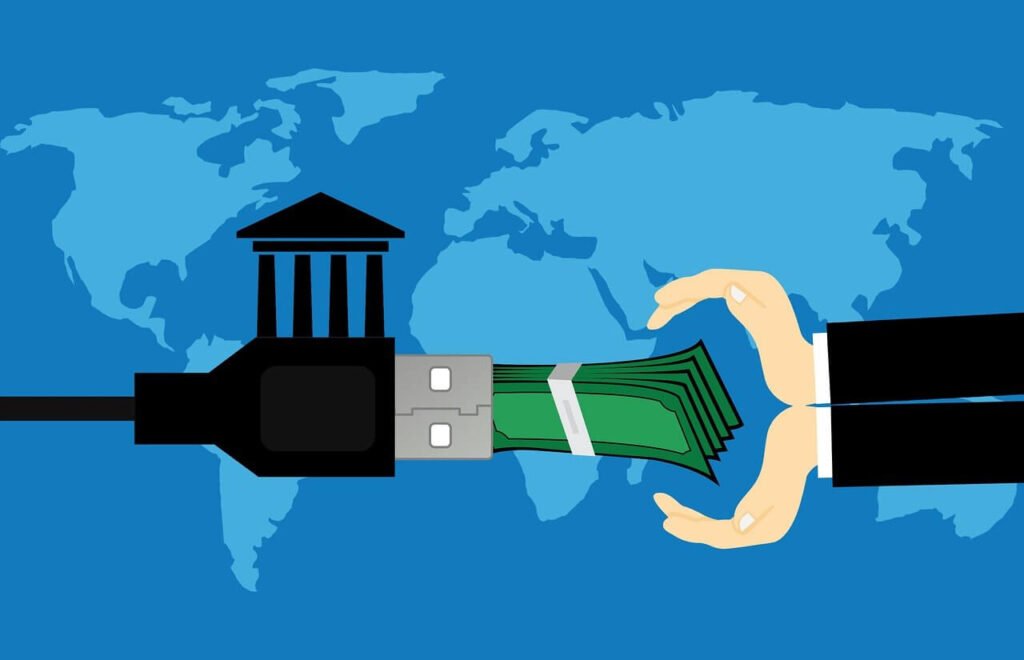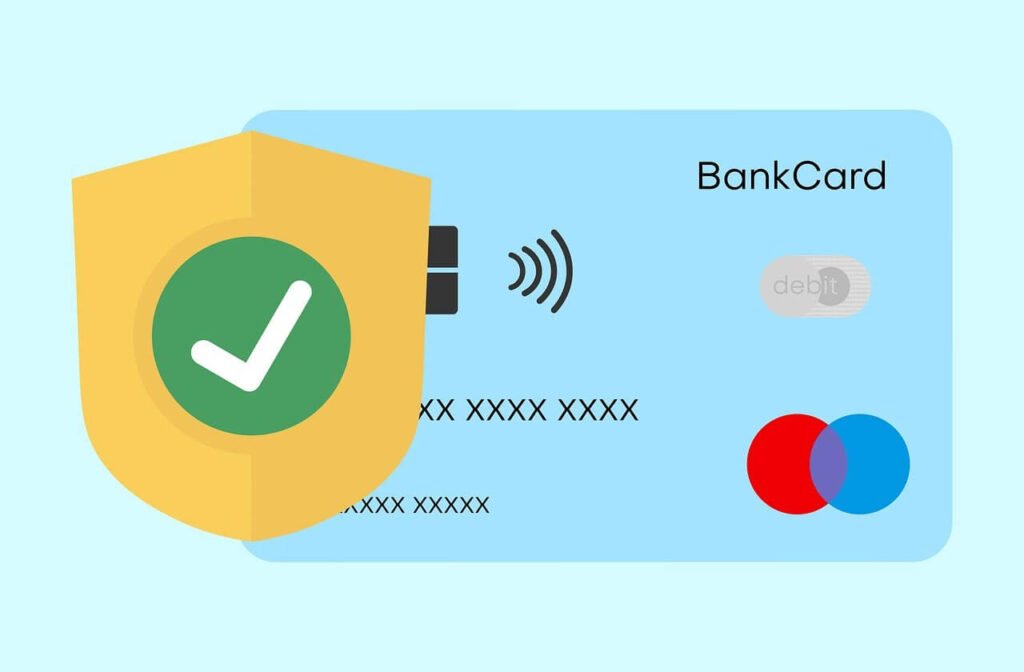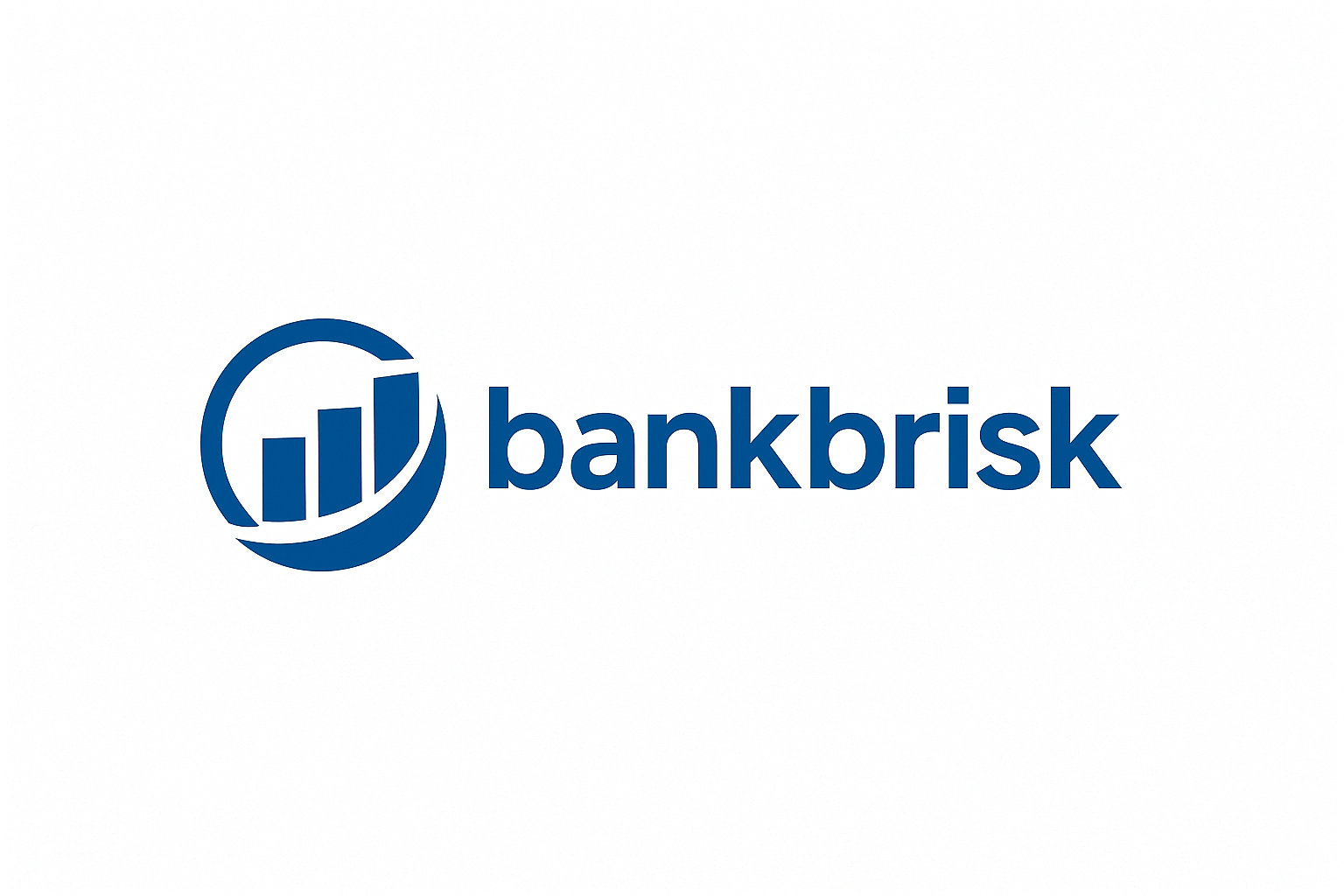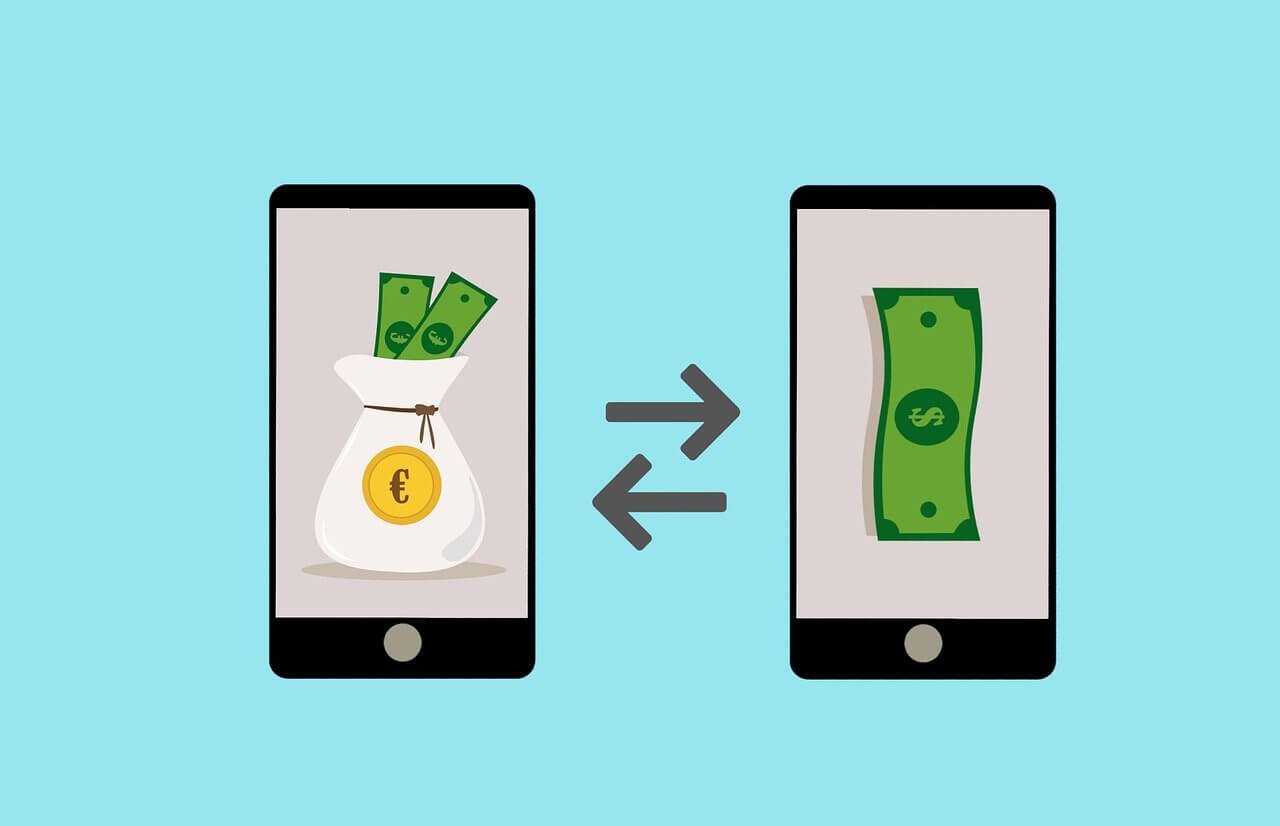How to Move Money Into a High Yield Savings Account: You’ve done your research and found a high yield savings account with a great interest rate.
You’re excited about earning more on your savings. But now you’re staring at your computer screen, wondering: how exactly do I get my money from my current bank to this new account? And more importantly, how do I do it without something going wrong?
Moving money between banks can feel intimidating, especially if you’ve never done it before. What if the money gets lost in cyberspace? What if you accidentally transfer too much?
What if both accounts end up empty and you can’t pay your bills? These worries are normal, but the good news is that transferring money to a high yield savings account is actually pretty straightforward and safe when you follow the right steps.

How to Move Money Into a High Yield Savings Account Safely
Don’t rush into transferring money the moment you open your new account. Taking time to prepare properly prevents mistakes and ensures everything goes smoothly.
First, make sure your new high yield savings account is fully set up and verified. You should have received confirmation emails, logged in successfully, and reviewed your account details. Some banks require a few days to fully activate new accounts, so check that you’re ready to receive transfers.
Check Your Current Account Balance
Look at your existing savings or checking account balance and think carefully about how much you want to move. Don’t transfer every single dollar if this is your only account, you need to maintain enough money for upcoming bills, automatic payments, and daily expenses.
Make a list of any automatic payments scheduled from your current account. Check for recurring bills like insurance, utilities, subscriptions, or loan payments. You don’t want to transfer money out right before an automatic payment tries to go through, leaving you with overdraft fees.
Gather Necessary Information
You’ll need specific details from both your old and new accounts. From your current bank, you need your account number and routing number. These appear on your checks, or you can find them by logging into your online banking.
Your new high yield savings account also has an account number and routing number. The bank typically provides these in your welcome email or by logging into your account dashboard. Write this information down or keep it somewhere you can easily access during the transfer process.
Understanding the Account Linking Process
Before you can move money, you need to connect your two bank accounts. This linking process creates a secure pathway for transfers. Most high yield savings accounts require you to link at least one external checking or savings account.
The linking process involves providing your external bank’s routing number and account number to your new high yield savings account. The system uses this information to establish a connection between the two banks. This only needs to happen once; after linking, you can transfer money as often as you want.
Verification Deposits: What to Expect
Most banks verify account ownership by sending tiny test deposits to your external account. These are usually two small amounts, like $0.13 and $0.27. Within one to three business days, these deposits appear in your original bank account.
You then log into your new high yield savings account and confirm the exact amounts of these deposits. This proves you actually own the external account you’re trying to link. Once you verify the amounts correctly, the link becomes active and you can begin transferring money.
Alternative Verification Methods
Some banks offer instant verification instead of waiting for test deposits. They partner with services that can verify your account immediately using your online banking credentials. You temporarily provide your login information for your existing bank, the service confirms you own the account, and linking happens instantly.
While instant verification is convenient, only use it through secure, established services. Never provide your banking credentials to suspicious websites or unverified services. Stick with the verification methods offered directly by your new bank.
Choose Your Transfer Method
You have several options for moving money into your high yield savings account. Each method has advantages and considerations, so pick what works best for your situation.
The most common method is ACH transfer, which stands for Automated Clearing House. These electronic transfers move money between banks through a secure network. They’re free, reliable, and widely used. The main drawback is timing; ACH transfers typically take one to three business days to complete.
Initiating Transfers from Your New Account
Most people find it easiest to set up transfers through their new high yield savings account. After linking your external account, you log into your new savings account, choose “transfer,” select the linked account, enter the amount, and confirm.
This method is called a “pull” transfer because you’re pulling money from your old account into your new one. The new bank handles the entire transaction, and you can track its progress through your new account dashboard.
Initiating Transfers from Your Old Account
Alternatively, you can push money from your existing bank to your new high yield savings account. Log in to your current bank, add your new savings account as an external account, and initiate a transfer from that side.
Some people prefer this method because they’re more familiar with their existing bank’s interface. The result is the same—money moves from one account to the other. However, pushing from your old bank means monitoring that account to ensure the transfer processes correctly.
Mobile Check Deposit
If your high yield savings account offers mobile check deposit, you can write yourself a check from your old account and deposit it using your phone. Take pictures of the front and back of the check through your bank’s app, and the money gets deposited.
This method works well for one-time transfers but isn’t practical for regular transfers. It also requires your old account to have checks, which not all accounts do. The funds typically take longer to become available than ACH transfers—often three to five business days.
Starting with a Small Test Transfer
Here’s the smartest move you can make: start with a small test transfer before moving large amounts. Transfer just $100 or even $50 first. This lets you make sure everything works correctly without risking your entire savings balance.
Watch the money leave your original account and arrive in your new high yield savings account. Verify the amounts match exactly. Make sure you understand the timeline and can track the transfer through both banks’ systems. Once you’re confident everything works properly, you can transfer larger amounts.
Why Test Transfers Matter
Test transfers catch problems before they become serious. Maybe you entered an account number wrong. Maybe your bank has daily transfer limits you weren’t aware of. Maybe verification isn’t complete even though you thought it was. A small test transfer reveals these issues when the stakes are low.
I’ve heard stories of people transferring their entire savings only to discover they made a typo in the account number. The money ends up frozen while banks investigate and return it, a process that can take days or weeks. A simple $50 test transfer would have caught the mistake immediately.
Transfer Timing and Processing
Understanding how long transfers take helps you plan better and avoid panic. ACH transfers rarely complete instantly. The money leaves your original account quickly, usually within 24 hours, but takes one to three business days to appear in your new account.
This delay isn’t a problem or a sign that something went wrong. It’s just how the banking system works. The money is safe during this transfer period; it’s moving through the ACH network under tight security protocols.
Business Days vs Calendar Days
Banks process transfers on business days, which means Monday through Friday, excluding federal holidays. If you initiate a transfer on Friday afternoon, it might not start processing until Monday. Add transfer time, and the money might not arrive until Wednesday.
Plan accordingly, especially around holidays and weekends. A transfer that normally takes two business days could take five or six calendar days if you initiate it before a long weekend. Don’t transfer money you’ll need immediately right before the holidays.
Tracking Your Transfer
Both banks should let you track transfer status. Your original bank shows the outgoing transfer, often listing it as “pending” before the money actually leaves. Your new high yield savings account shows the incoming transfer, also typically marked as “pending” until it completes.
Check both accounts daily during the transfer period. This helps you catch any problems quickly and understand where your money is at each stage. Most banks send email notifications when transfers complete, giving you additional confirmation.

Safety and Security Measures
Moving money between banks is generally very safe, but taking extra precautions never hurts. Always use secure internet connections when accessing banking websites or apps. Avoid public WiFi at coffee shops or airports for financial transactions—wait until you’re on your home network or use your phone’s cellular data.
Make sure you’re on the legitimate bank website. Scammers create fake banking sites that look real to steal login credentials. Double-check the web address before logging in. Look for “https” at the beginning of the URL and a padlock icon, which indicate secure connections.
Protecting Your Login Information
Never share your online banking passwords or login information with anyone. Banks and legitimate financial services will never ask for your password. If someone contacts you claiming to be from your bank and requesting login details, it’s a scam.
Use strong, unique passwords for each bank account. A password manager can help you create and remember complex passwords without reusing them across different sites. Enable two-factor authentication if your banks offer it—this adds extra security by requiring a code from your phone in addition to your password.
Watching for Scams
Be cautious of emails or texts claiming to be from your new bank, especially ones asking you to “verify” your account by clicking links. These phishing attempts try to steal your information. Instead of clicking links in emails, go directly to the bank’s website by typing the address into your browser.
If you receive suspicious communications claiming to be from your bank, contact the bank directly using phone numbers from their official website. Don’t use contact information provided in the suspicious email or text.
Common Mistakes to Avoid
Many people make the same errors when moving money to high yield savings accounts. Learning from others’ mistakes helps you avoid these pitfalls.
Don’t transfer money before account linking is complete. Wait until you’ve verified those small test deposits and the link shows as “active” or “verified.” Attempting transfers before linking finishes can result in failed transactions and delays.
Account Number Errors
Double and triple-check account and routing numbers before submitting any transfer. A single wrong digit sends your money to the wrong place, requiring days or weeks to recover it. Copy numbers directly from official sources rather than typing them from memory.
Read numbers out loud when entering them, or have someone else verify them. It sounds silly, but this simple step catches typos that could cause major headaches.
Transferring Too Much Too Fast
Resist the urge to move your entire savings immediately. Keep adequate funds in your checking account to cover bills and expenses for at least a few weeks. Remember that getting money back from your high yield savings account takes one to three business days, so you can’t access it instantly if emergencies arise.
Build your high yield savings gradually. Transfer what you can comfortably move while maintaining proper cushions in your operating accounts. You can always transfer more later once you’re comfortable with the process.
Setting Up Automatic Transfers
Once you’ve successfully completed your initial transfer, consider setting up automatic recurring transfers. This “pay yourself first” approach builds savings consistently without requiring you to remember to transfer money manually.
Most high yield savings accounts let you schedule automatic transfers weekly, biweekly, or monthly. Pick an amount that fits your budget and a timing that aligns with when you get paid. Even small regular transfers add up significantly over time.
Benefits of Automation
Automatic transfers remove the temptation to skip savings. The money moves before you have a chance to spend it. This behavioral trick helps many people save more than they would through manual transfers.
Automation also maximizes your interest earnings. Money that enters your high yield savings account earlier in the month earns more interest than money that arrives later. Consistent automatic transfers ensure your balance stays high throughout each month.
What to Do If Something Goes Wrong
Despite your best precautions, problems occasionally happen. If a transfer doesn’t appear when expected, don’t panic immediately. Check whether business days have passed. Remember, weekends and holidays don’t count.
Log in to both accounts and look for pending transactions. The money might still be in transit. Check your transaction history carefully to see if the transfer was processed, but you missed the notification.
Contacting Customer Service
If a transfer is genuinely missing or delayed beyond normal timeframes, contact customer service at both banks. Have your account numbers, transfer date, and transfer amount ready. The representatives can track the transfer through the ACH network and determine what happened.
Most transfer issues get resolved quickly once you contact the right people. Banks deal with these situations regularly and have processes for investigating and fixing problems. Keep records of your conversations, including representative names and case numbers.
After Your Money Arrives
Once your transfer completes successfully, take a moment to verify everything. Check that the full amount arrived in your new high yield savings account. Review your original account to confirm the correct amount was withdrawn.
Keep records of all transfers. Screenshot or print confirmations showing the date, amount, and accounts involved. These records help if you need to reference the transfer later or if questions arise during tax season.
Maintaining Both Accounts Initially
Consider keeping your original savings account open for a month or two after your first transfer. This gives you time to ensure no automatic payments or deposits you forgot about try to access that account. Once you’re confident everything has moved over, you can close the old account if desired.
Some people choose to maintain accounts at both banks for diversification and convenience. There’s no requirement to close your original account just because you opened a high yield savings account elsewhere.
Building Confidence Through Practice
Your first transfer will feel a bit nerve-wracking, and that’s completely normal. By the time you complete your second or third transfer, it’ll feel routine. This process becomes second nature with practice.
Remember that millions of people safely transfer money between banks every day. The systems are tested, secure, and reliable. Taking reasonable precautions and following proper steps protects you from the rare problems that do occur.
Conclusion
Moving money into a high yield savings account safely comes down to preparation, caution, and patience. Take time to link accounts properly, start with small test transfers, verify all numbers carefully, and allow adequate time for transfers to complete. These simple practices ensure your money moves securely and you can start earning better interest on your savings without stress or worry.




